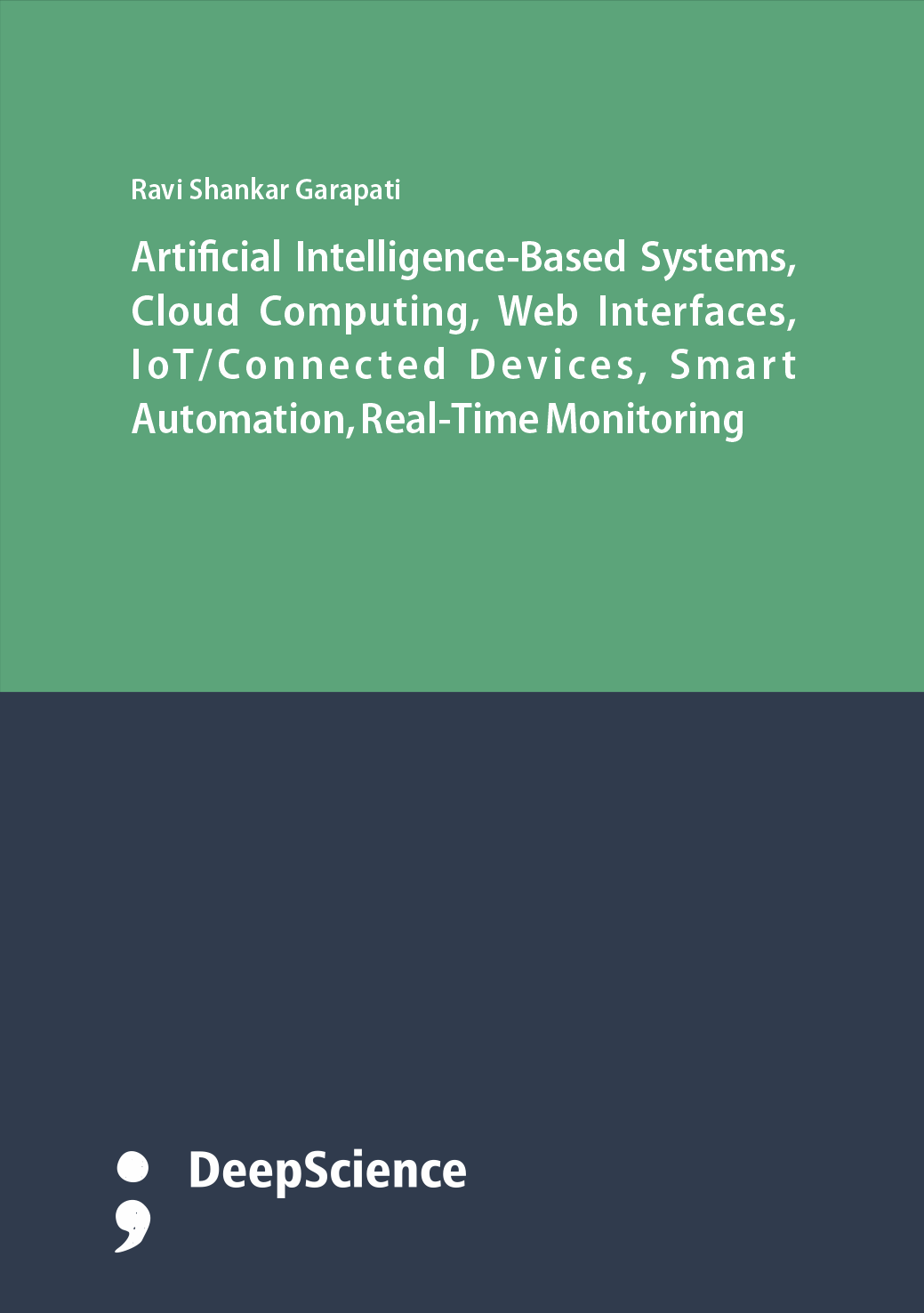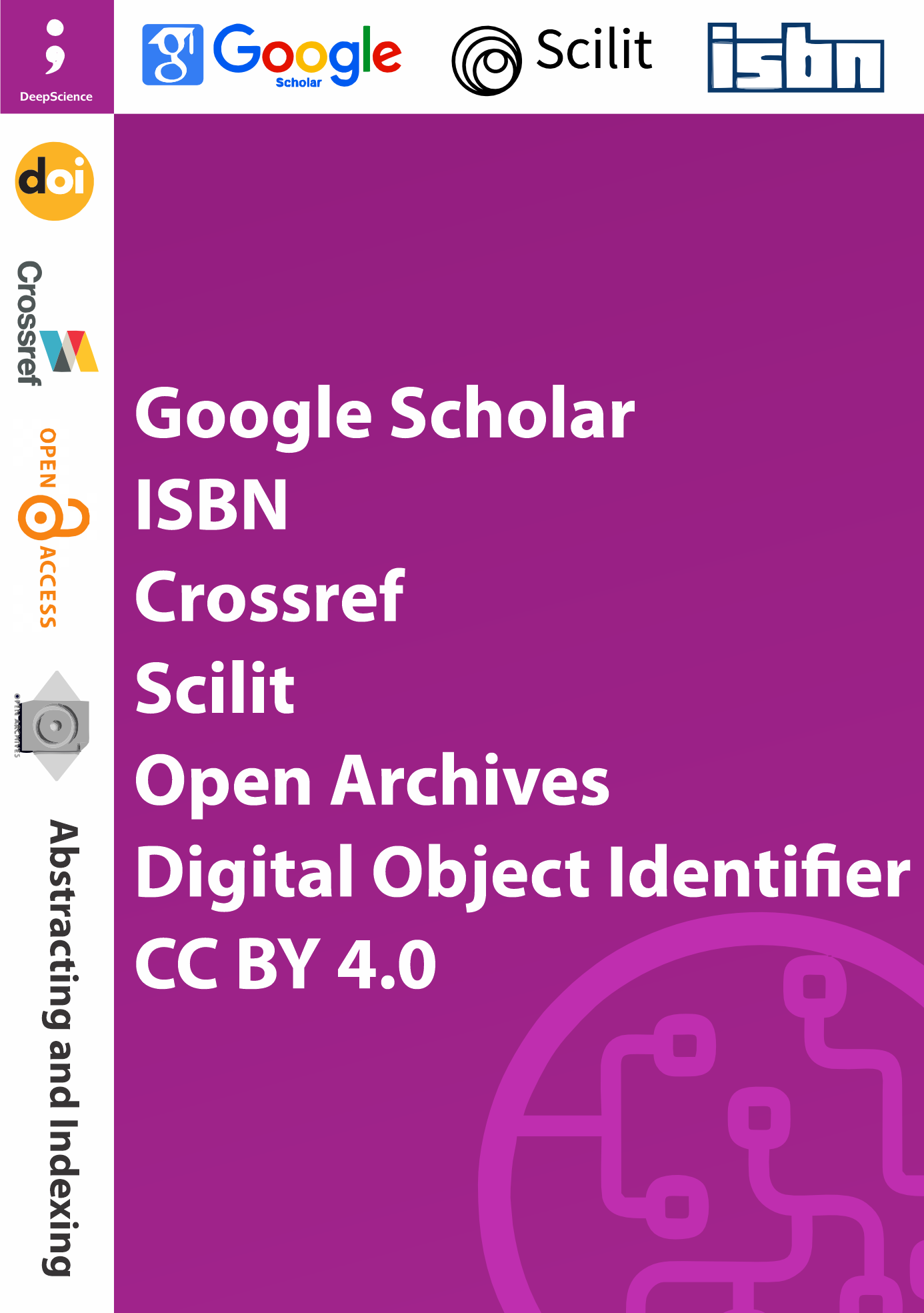Real-Time Monitoring Systems: From Sensor Networks to Predictive Analytics
Synopsis
An array of industries employs real-time monitoring systems to curb expensive damage and reduce the risk of harm to human lives, especially when any infrastructure fails. The zone of increased demand includes fire, traffic, and activity, especially when associated with the management of crowded recreational places. Crowded societies and increased demand for services of recreational places, such as tourism and businesses in cities, have brought several drawbacks, such as more traffic, more fire accidents, more contaminated air, and a poor travel environment. Therefore, the public is worried about issues such as traffic jams, congestion during travel, traffic behavior, route planning, and the occurrence of weather emergencies such as fire.
Complex problems require complex solutions that can involve different well-established fields such as real-time monitoring, activity recognition, and prediction, contributing not only to fire safety but also to providing a better environment. Developed systems depend on monitoring and the recognition of activities through real-time image data or sensor-based data that extract essential attributes for making the right decision in the different activities of the monitoring environments, such as fire detection based on fire color analysis and activity recognition based on optical-flow divergence. Overcrowding may occur in any crowded place and can cause dangerous situations, such as in shopping malls, during concerts, or even in other major events. Controlling overcrowding can be realized by estimating the pattern of people movement—detecting, recognizing, and predicting people's activities in a crowded place.













